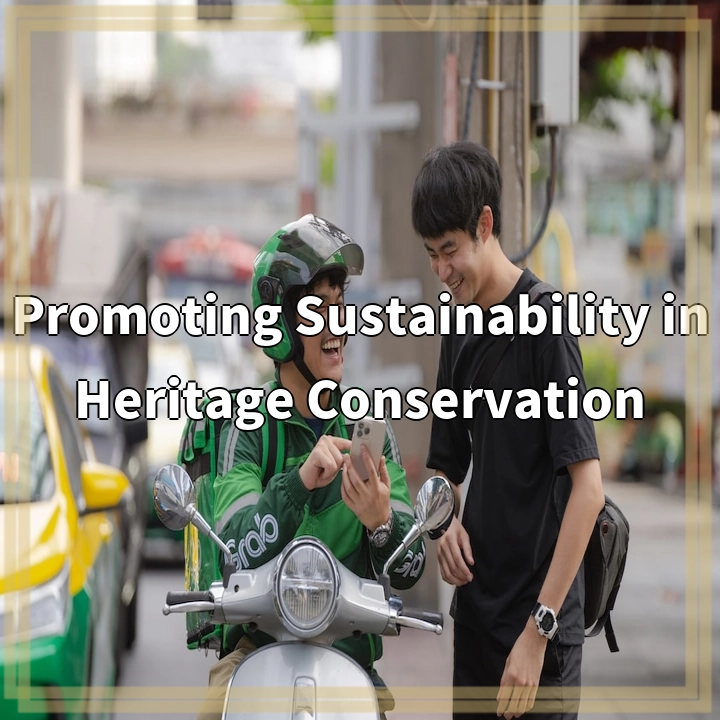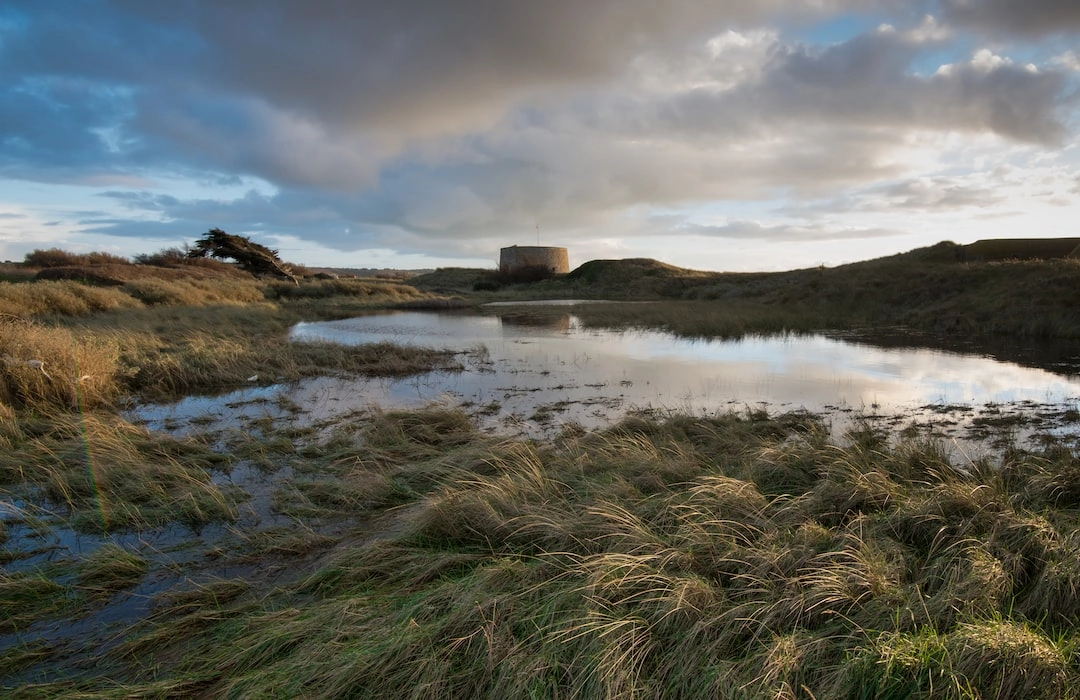
What is Promoting Sustainability in Heritage Conservation?
Sustainability in heritage conservation refers to incorporating environmentally sustainable practices in the preservation and maintenance of historic buildings, archaeological sites, and cultural landscapes. It involves finding the delicate balance between conserving cultural heritage, minimizing environmental impact, and promoting the well-being of local communities.
Real-World Problems Associated with Promoting Sustainability in Heritage Conservation
1. Limited Resources:
One of the main challenges in promoting sustainability in heritage conservation is the scarcity of resources. Many heritage sites require significant funding and expertise to implement environmentally friendly initiatives. Lack of financial resources and limited access to specialized knowledge can hinder the application of sustainable practices.
2. Conflicting Priorities:
Heritage conservation often faces conflicting priorities, particularly when the values of cultural preservation clash with sustainability goals. For instance, implementing energy-efficient solutions may require alterations that could potentially compromise the authenticity or historical significance of a site. Striking a balance between preserving the heritage value and adopting sustainable practices can be complex.
3. Building Performance:
Historic buildings are not typically designed with modern-day energy efficiency in mind. Their construction materials, architectural features, and infrastructure can pose challenges in achieving sustainable performance standards. Retrofitting these structures to improve energy efficiency without compromising their historical integrity can be a significant challenge.
4. Community Engagement:
Engaging local communities and stakeholders in sustainable heritage conservation projects is crucial. However, garnering community support and participation can be challenging. Communities may have diverse interests, opinions, and conflicting needs. Building consensus and collaboration among different stakeholders is essential for successfully implementing sustainable practices.
5. Climate Change Impacts:
Climate change poses a significant threat to cultural heritage sites. Rising temperatures, increased humidity, extreme weather events, and sea-level rise can damage or destroy vulnerable historic structures and landscapes. Adapting heritage conservation practices to mitigate and respond to climate change impacts while maintaining sustainability is a pressing issue.
6. Lack of Awareness:
There is often a lack of awareness and understanding about the importance of sustainability in heritage conservation. Many people may not realize the potential environmental impacts of traditional conservation practices or the long-term benefits of integrating sustainable approaches into heritage management. Raising awareness and education are crucial in promoting sustainable practices in this field.

Solutions for Promoting Sustainability in Heritage Conservation
1. Resource Mobilization:
To overcome the challenge of limited resources, it is essential to mobilize funding from multiple sources, including government grants, private investments, and heritage conservation organizations. Engaging in partnerships and collaborations can also bring in additional expertise and resources.
2. Integrated Approaches:
Adopting an integrated approach that considers both heritage preservation and sustainability goals is crucial. This involves conducting comprehensive assessments to identify opportunities for energy efficiency, water conservation, and eco-friendly materials without compromising the integrity of the heritage site.
3. Adaptive Reuse and Retrofitting:
Rather than demolishing historic structures, adaptive reuse and retrofitting techniques can be employed to enhance energy efficiency and minimize environmental impact. This includes incorporating renewable energy systems, installing insulation, and upgrading building systems while respecting the original design and character of the heritage site.
4. Community Engagement and Education:
Engaging with local communities and stakeholders is vital for successful sustainable heritage conservation. This can be achieved through community workshops, outreach programs, and involving the community in decision-making processes. Educating both locals and visitors about the importance of sustainability in heritage conservation can also foster support and understanding.
5. Climate Change Adaptation:
To address the impacts of climate change, heritage sites need to integrate adaptive measures. This can include implementing flood mitigation strategies, protecting fragile coastal sites, and developing disaster management plans. Collaboration with climate scientists and urban planners can help develop site-specific adaptation strategies.
6. Advocacy and Policy Frameworks:
Advocating for the integration of sustainable practices in heritage conservation is essential. Working with policymakers and heritage organizations to develop and implement supportive policies and guidelines can contribute to the mainstreaming of sustainability in this field. These frameworks can incentivize and regulate sustainable practices.
By implementing these solutions, heritage conservation can effectively promote sustainability, ensuring the preservation of cultural heritage while minimizing environmental impact and benefitting local communities.















